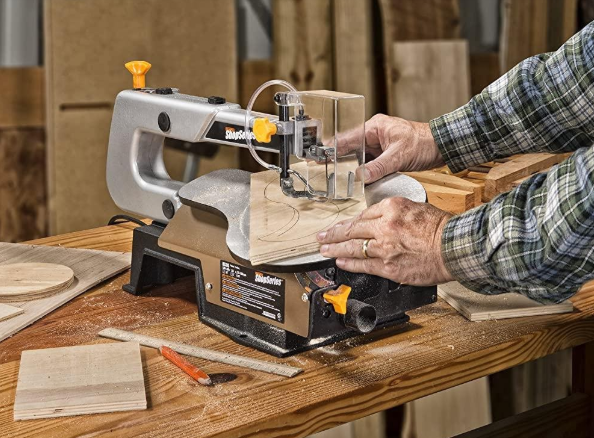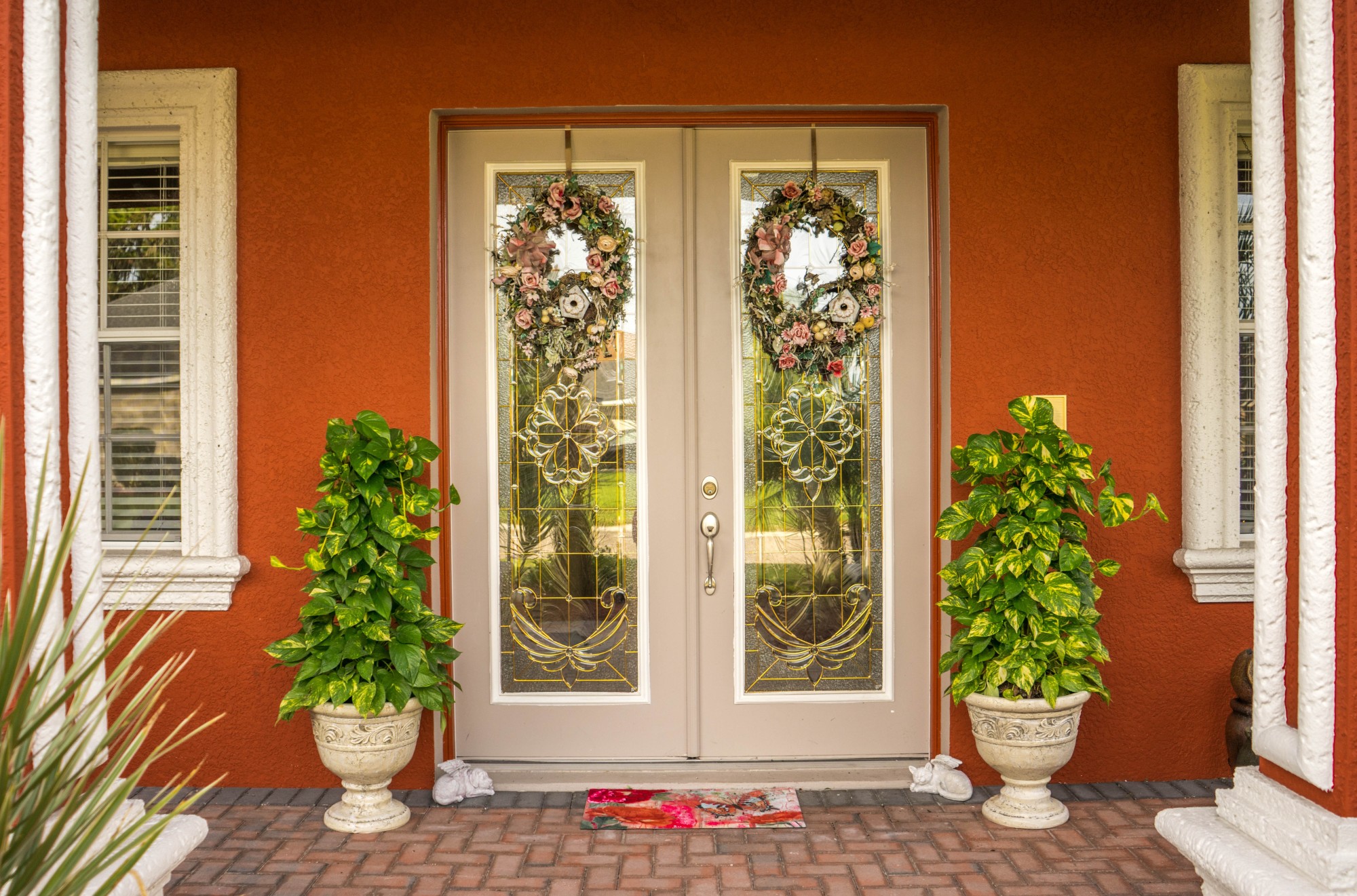A Static drum sander is a Fantastic Instrument to get a smoothing everything from thin strips to broad panels, whereas producing components of constant thickness. Drum-sanding is also an effective means to smooth and flat constructed frame-and-panel cupboard doors. Costs on machines fluctuate widely, based on ability and variety of construct. Better components, such as the SuperMax 16-32 can cost over a sander using a drum set on the two ends. But, you are able to surface panels around 32″ wide by ingesting half of the workpiece at one time. Visit the handymen guide to read more about best drum sanders of 2021.
Will a drum Sander substitute a thickness planer?
Not really. It surely will depth inventory, but too gradually for overall function, as it generally eliminates only about 1/64″ each pass. Nevertheless, it’s a worthy addition to this store in the event that you regularly dress inventory too broad or troublesome to your planer. I regularly use my sander as an “abrasive planer” for smoothing and thicknessing figured inventory that would endure tear out of planer knives. Additionally, it is an excellent alternative for smoothing end-grain cutting processing and boards very thin material which planer knives will shatter.
A Drum Sander is NOT a Planer:
When utilizing a drum sander for the very first time, it’s Very tempting to consider it such as a thickness planer. All things considered, the system pretty much works precisely the exact same manner. However, it’s probably best if you simply think about the drum sander because a complete trimming tool. Removing too much inventory at the same time will lead to huge heat build-up, burnt sandpaper, blown fuses, and a screwed up piece of timber.
Putting on the Grits:
Most times, I’ve 80 or 120 grit paper on the drum. This grit is ideal for removing grinding marks in the planer. And although I urge against hefty thicknessing, these decreased grits will surely permit you to sneak upon the precise depth you’re searching for. If you’re a calliper woodworker, this really is a fantasy come true! It’s possible to stop at these reduced grits if you prefer, and proceed right to a random orbit sander for the last smoothing. But in case you’ve got a lot of parts to prep, it’s well worth the opportunity to switch the paper into 180 or 220 and get a head start on the end sanding. Just keep in mind that the drum sander is really competitive. When I sand with 220 grit on the drum sander, then I’ll fall back into 180 grit with my random orbit sander. The grooves made by the drum sander and heavier than you may think.
Other Uses:
Another common use for your drum sander in my store is making quite thin inventory (possibly for shims or edge banding). So any time that I need to create something which is significantly less than 1/4″ thick, then the drum sander is so very important. This means I am ready to create my very own veneer. I shoot thin 1/8″ pieces off the band saw and operate it through the drum sander to smooth out the roughness and deliver it into 3/32″ thick.
In Terms of running really wide pieces by creating two Moves, this is something I’m not in the habit of doing. There’s always a ridge to address no matter how well-calibrated the system is. Of course this might only be an issue with me and my installation.
The drum sander is a remarkably useful tool that will have a massive effect on your workflow. It is going to also open up a Lot of doors for you personally, particularly when it concerns the world of home-sawn veneer. Even though they are not cheap, I do believe them to be a rewarding investment.







